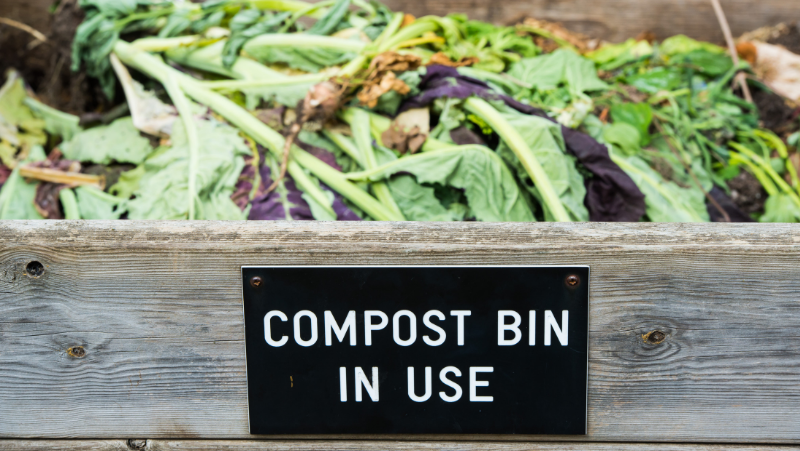
“A single gram of soil from the root zone of plants may contain a billion bacteria, comprising four to five thousand species, although some experts suggest it may be more like forty thousand species.” The Legacy: An Elder’s Vision For Our Sustainable Future, by David Suzuki These living creatures are what separate thriving garden soil from an inert, laboratory-growing medium. Living Organisms: A portion of soil is alive! Soil is home to a fascinating number of single-celled microorganisms like bacteria, and also to larger multicellular creatures like small plants, animals, and fungi. The top few inches or feet of the earth beneath us holds the key to all terrestrial life.” The Permaculture Handbook: Garden Farming for Town and Country, by Peter Bane “Soil is the edge between the living and the dead. Garden soil with an organic matter content outside this range can still support plant life, but it may require a little more attention. If I were looking at the results of a soil test, I’d be happy to see an organic matter content of 5-10 percent. Plants, animals, fungi, bacteria, and members of the other kingdoms of life all eventually die and decompose to become part of the soil. Organic Matter: Organic matter is the part of the soil made of decaying organisms. Water content in soil varies widely, changing throughout the season and even throughout the day.
Living earth garden soil full#
In a fully-saturated soil, all of the empty space is full of water (which displaces the air). The empty space between mineral particles and organics is not just filled with air – it also hopefully contains some water. Water: Water is another critical input for healthy plants. “A good loam soil is about 50 percent soil particles and 50 percent pore space filled with air and water (Brady 1996).” Soil Quality Information, by Lynn Kime, Pennsylvania State University Extension If the soil had the air pockets squished out of it, it would be hard as a rock! A wonderfully-light garden soil can be about half solid particles and half empty space. They also provide space for water, plant roots, and various soil creatures. Air pockets in the soil matrix allow plant roots to access the oxygen they need to live. Tiny air pockets give the soil porosity, meaning it is full of little holes (also called pores or voids).

Mineral particles generally make up about half the volume of garden soil (although soils vary widely).Īir: Air content is a key component of garden soil. Grains of sand are visible to the human eye, but clay particles are too small to see. Rock-based particles in soil are generally characterized by size into three categories: sand, silt, and clay. Mineral Particles: Mineral particles are tiny bits of rock that have been weathered off larger rocks. Garden soil is made of the following components:

“Soil varies enormously around the world in both biological and inorganic makeup, but in general about 45 per cent of soil is minerals, 25 per cent is water, 25 per cent is air, and only about 5 per cent by volume is organic matter, living and dead.” The Legacy: An Elder’s Vision For Our Sustainable Future, by David Suzuki What is garden soil made of? Soil is also a habitat for many other living organisms, acts as nature’s compost pile, and even as a water filter.

Great garden soil supports plant growth both by providing a stable structural base but also by making key plant inputs like water, oxygen, and nutrients available to the roots of plants. Garden soil is a mixture of mineral particles, air, water, organic matter, and living organisms. Building healthy garden soil What is garden soil?


 0 kommentar(er)
0 kommentar(er)
